Good news for younger children suffering from the uncommon but debilitating gastrointestinal condition eosinophilic esophagitis (EoE). A randomized placebo-controlled study found the monoclonal antibody dupilumab (Dupixent) led to histologic remission in significantly more affected children than placebo. Data from this trial led to a January US Food and Drug Administration (FDA) approval of the anti-inflammatory biologic for patients aged 1-11 years weighing at least 15 kg.
 Mirna Chehade, MD, MPH
Mirna Chehade, MD, MPHIn addition, the trial, published in The New England Journal of Medicine found that a higher-exposure dupilumab regimen improved key secondary endpoints, according to gastroenterologist Mirna Chehade, MD, MPH, a professor of pediatrics at Icahn School of Medicine at Mount Sinai and Mount Sinai Kravis Children's Hospital in New York City, and colleagues.
In 2022, the FDA approved the drug for those aged 12 or older weighing at least 40 kg.
"Left untreated or inadequately treated, EoE can progress to esophageal narrowing and strictures, leading to increased risk of food impactions and the need for esophageal dilations," Chehade said in an interview. "Therefore, it's important that children with EoE have the FDA-approved treatment option based on our study that can address their underlying disease starting at a young age."
She added that dupilumab has the exciting potential to transform the standard of care for many young children living with EoE. "There are, however, factors to consider before switching a child to dupilumab — all related to the child's specific medical history and therefore the perceived potential benefits from the drug."
 Toni Webster, DO
Toni Webster, DOCommenting on the study but not involved in it, Toni Webster, DO, a pediatric gastroenterologist at Cohen Children's Medical Center in Queens, New York, and an assistant professor at the Zucker School of Medicine at Hofstra/Northwell in Hempstead, New York, said, "Like many allergic diseases, EoE is on the rise and, unfortunately, is affecting our children at alarming rates and at earlier ages. Given its efficacy and side-effect profile, dupilumab will vastly change our ability to treat EoE, especially for families who find diet and daily medication to be a challenge."
Webster noted that an elimination diet is a rigorous choice that is often difficult to navigate. And the oral administration of off-label choices, proton pump inhibitors, and swallowed topical steroids, as well as the newly FDA-approved oral budesonide therapy (Eohilia), may also be challenging because many children have precluding aversions to oral therapy. "Regardless of age, treatment choice for EoE should be a good fit that is a plausible addition to a family's lifestyle," she said.
Blocking interleukin 4 and interleukin 1 inflammatory pathways, dupilumab has shown efficacy in other atopic diseases such as eczema. It broadly inhibits most aspects of type 2 inflammation and that action is reflected in its histologic and transcriptomic effects in affected tissues, Chehade and associates explained.
The Trial
Conducted at one Canadian and 26 US sites, the two-part phase 3 study randomly assigned 102 EoE patients aged 1-11 years who were refractory to proton pump inhibition in a 2:2:1:1 ratio.
Part A enrolled 102 patients and evaluated dupilumab at a weight-tiered higher-dose or lower-dose regimen vs placebo for 16 weeks.
Part B was a 36-week extended active treatment period in which eligible dupilumab recipients from part A maintained their weight-tiered higher- or lower-dose regimen, whereas those in the placebo group switched to weight-tiered higher- or lower-dose dupilumab.
The primary endpoint was histologic remission (peak esophageal intraepithelial eosinophil count, ≤ 6 per high-power field) at week 16. Continued dupilumab treatment appeared to maintain its effect through week 52.
During part A, histologic remission occurred in 25 of the 37 higher-exposure patients (68%), 18 of the 31 lower-exposure patients (58%), and one of the 34 placebo patients (3%).
The difference between the higher-exposure regimen and placebo was 65 percentage points (95% CI, 48-81; P < .001), whereas that between the lower-exposure regimen and placebo was 55 percentage points (95% CI, 37-73; P < .001).
Higher exposure led to significant improvements in histologic, endoscopic, and transcriptomic measures over placebo. Improvements between baseline and week 52 in all patients were generally similar to those between baseline and week 16 in patients who received dupilumab in part A.
As for adverse events, in part A, the incidence of coronavirus disease, nausea, injection-site pain, and headache was at least 10 percentage points higher among dupilumab recipients at either dose than among placebo recipients. Serious adverse events were reported in three dupilumab patients during part A and in six patients overall during part B.
A Balanced Approach
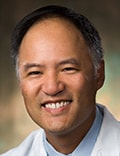 Eric H. Chiou, MD
Eric H. Chiou, MDOn a cautionary note, Eric H. Chiou, MD, an assistant professor of pediatrics at Baylor College of Medicine and a pediatric gastroenterologist at Texas Children's Hospital in Houston, said that while dupilumab shows great promise, further research is needed on its cost-effectiveness in EoE.
"The cost of treatment will need to be compared relative to potential long-term savings from reduced hospitalizations, fewer complications, and improved quality of life," said Chiou, who was not involved in the study. "A balanced approach that considers clinical efficacy, patient well-being, cost-effectiveness, and equity is essential."
He added that despite the study's encouraging results, long-term safety and efficacy data are needed to fully understand the impact of dupilumab on pediatric patients with EoE. "Dupilumab will need to be compared with existing treatments for EoE such as dietary management and swallowed topical corticosteroids in terms of efficacy, safety, and quality of life improvements."
Additionally, further research is required to identify which patients are most likely to benefit from this therapy and to explore any potential complications associated with its long-term use. "Understanding the optimal dosing and duration of treatment will also be crucial for maximizing benefits while minimizing risks," Chiou said.
Chehade agreed. "While it's that great that young children finally have an FDA-approved drug to treat their EoE, more research is needed to learn which patient subsets would derive maximum benefit from dupilumab and at which specific steps in their medical management journey should dupilumab be used."
This study was supported by Sanofi and Regeneron Pharmaceuticals. Chehade disclosed research funding from and consulting for numerous private sector companies, among others, Sanofi and Regeneron Pharmaceuticals, AstraZeneca, Shire-Takeda, and Bristol Myers Squibb.
Multiple study coauthors disclosed various relationships with private-sector companies, including Sanofi and Regeneron Pharmaceuticals, for research funding, consulting, travel, employment, and stock or intellectual ownership.
Webster and Chiou disclosed no competing interests relevant to their comments.

.webp) 2 days ago
3
2 days ago
3

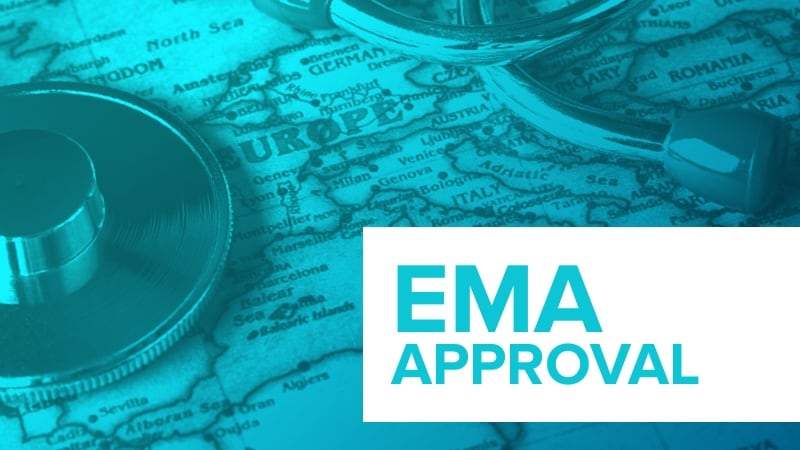
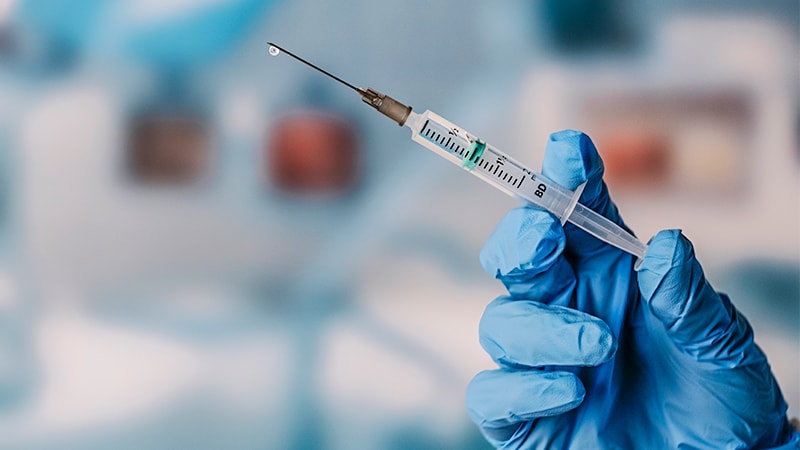
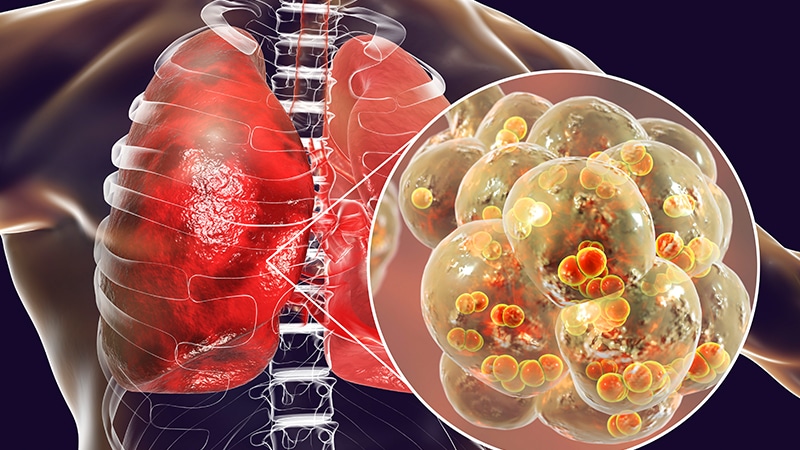

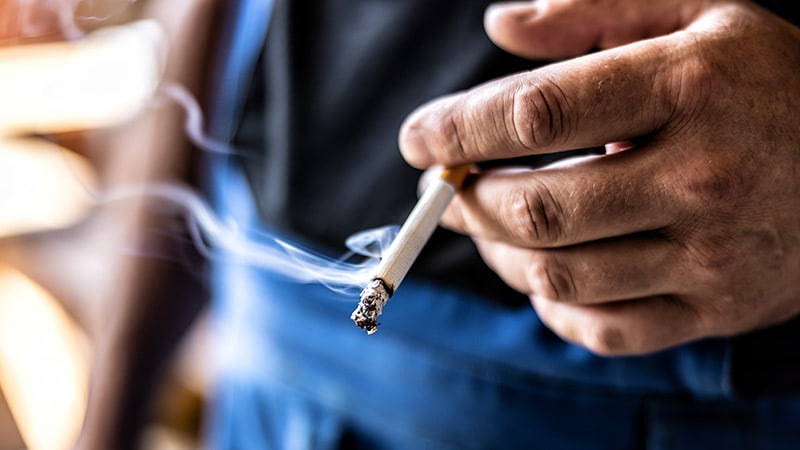



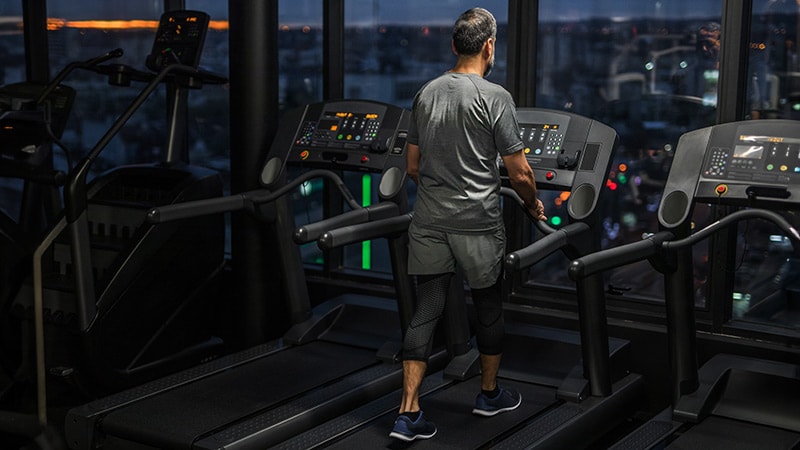

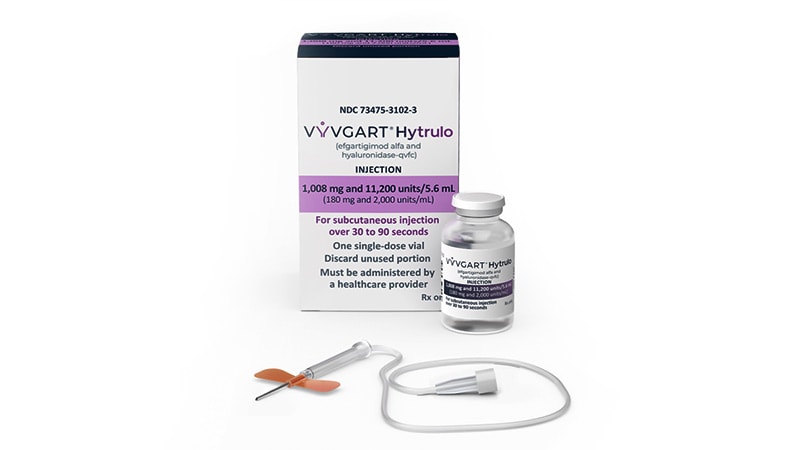
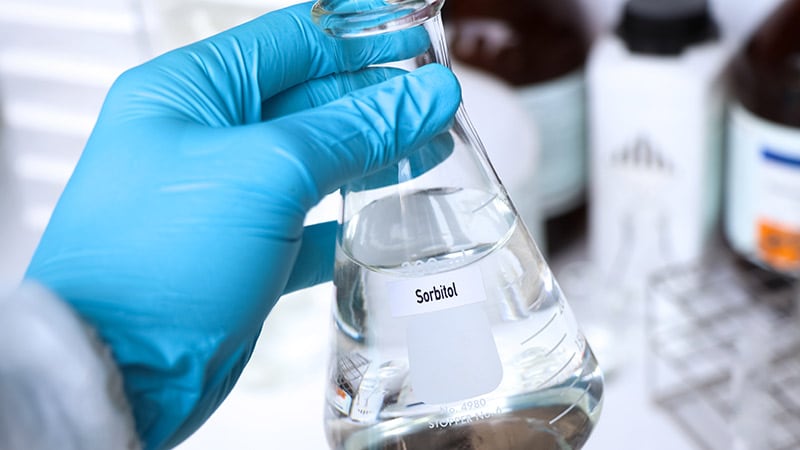






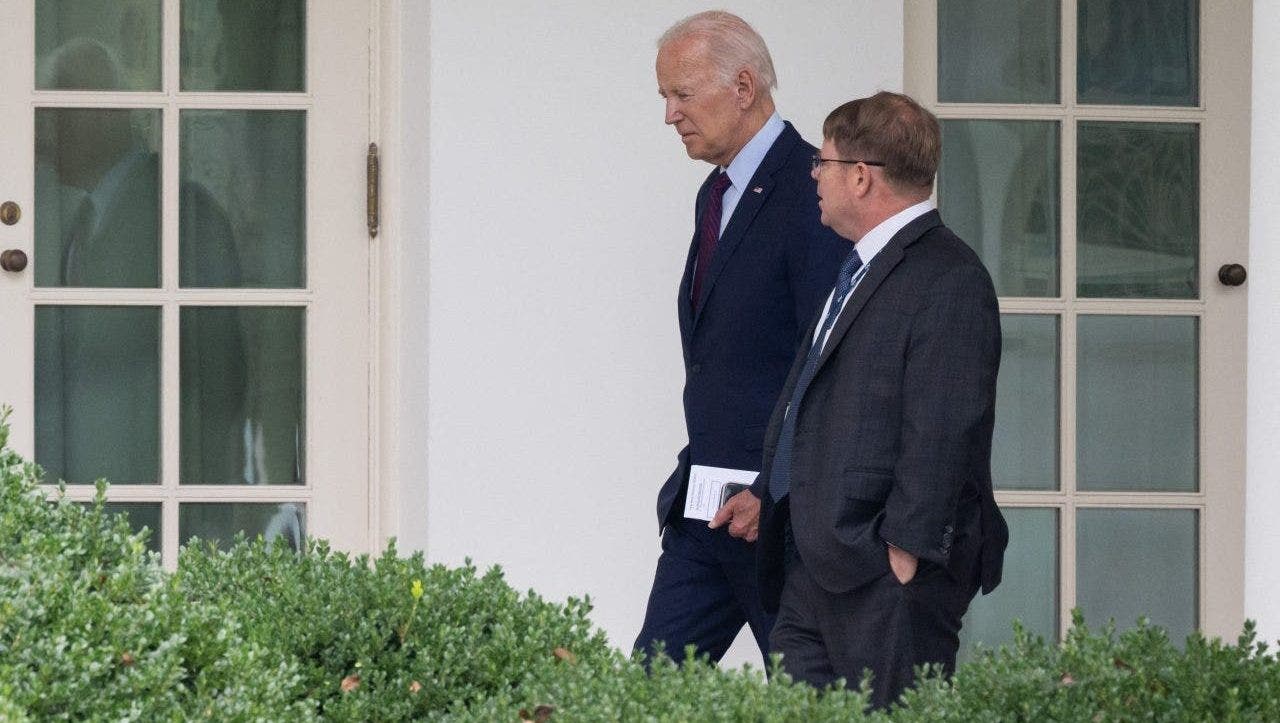
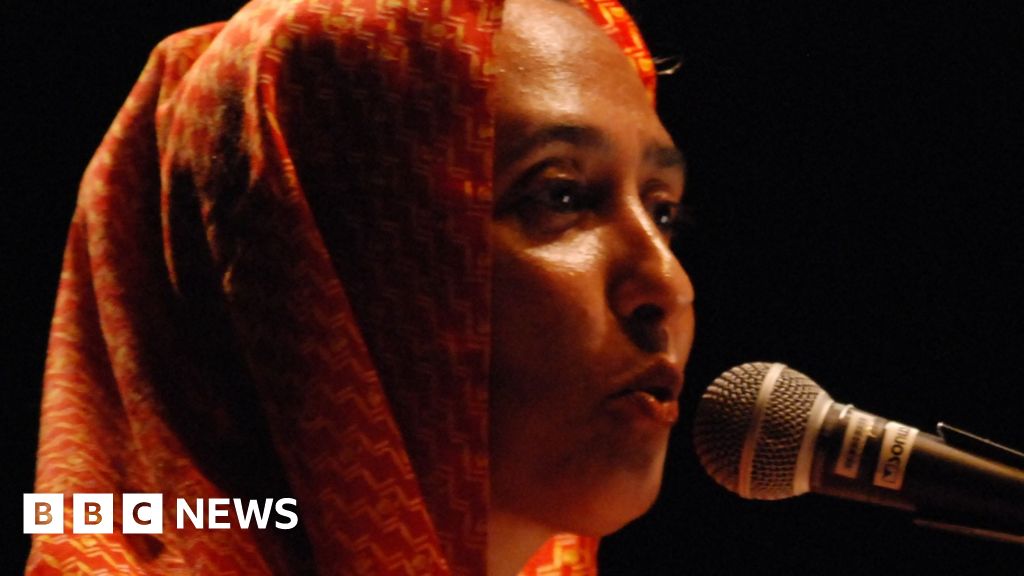



 English (US)
English (US)